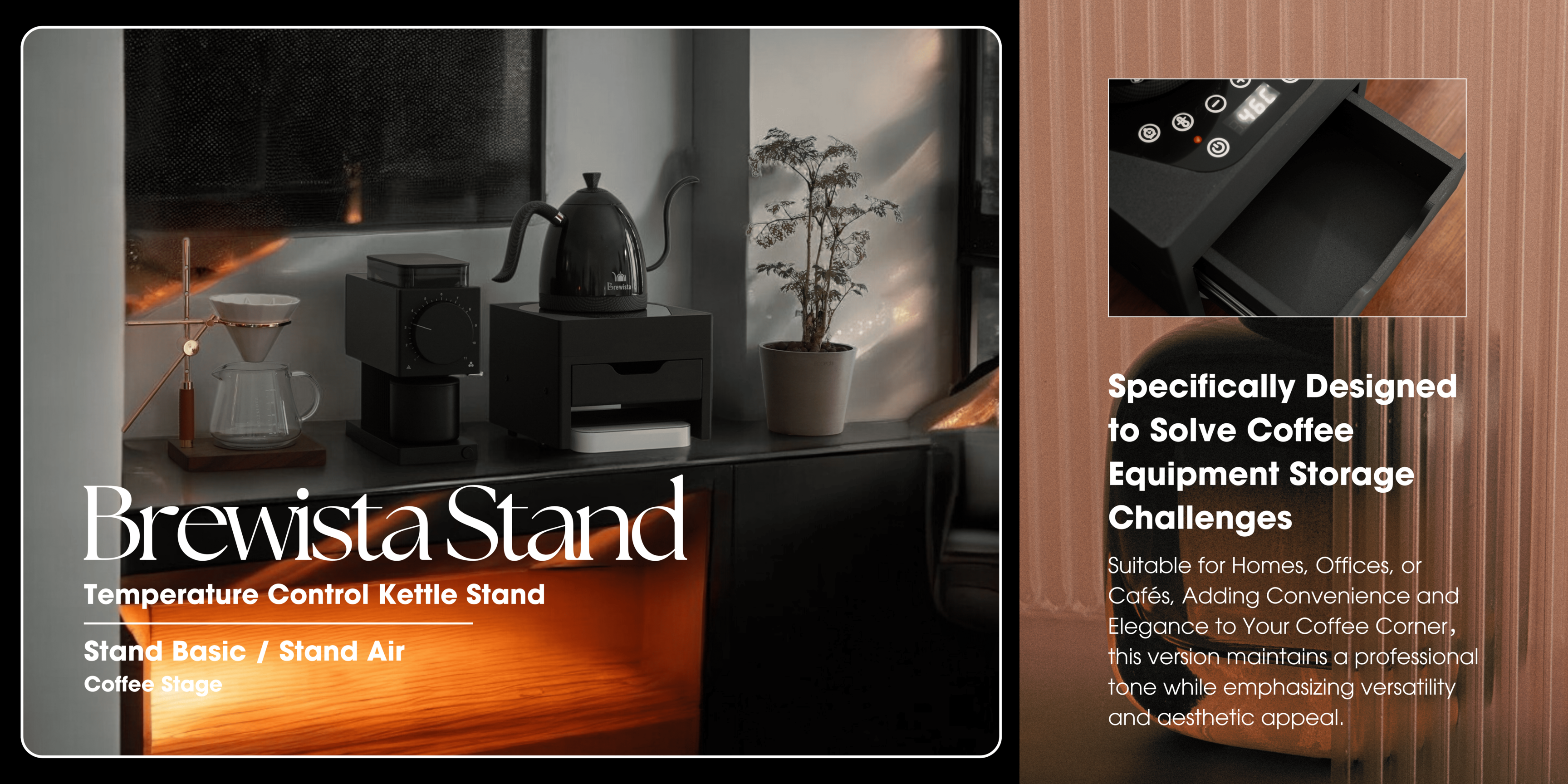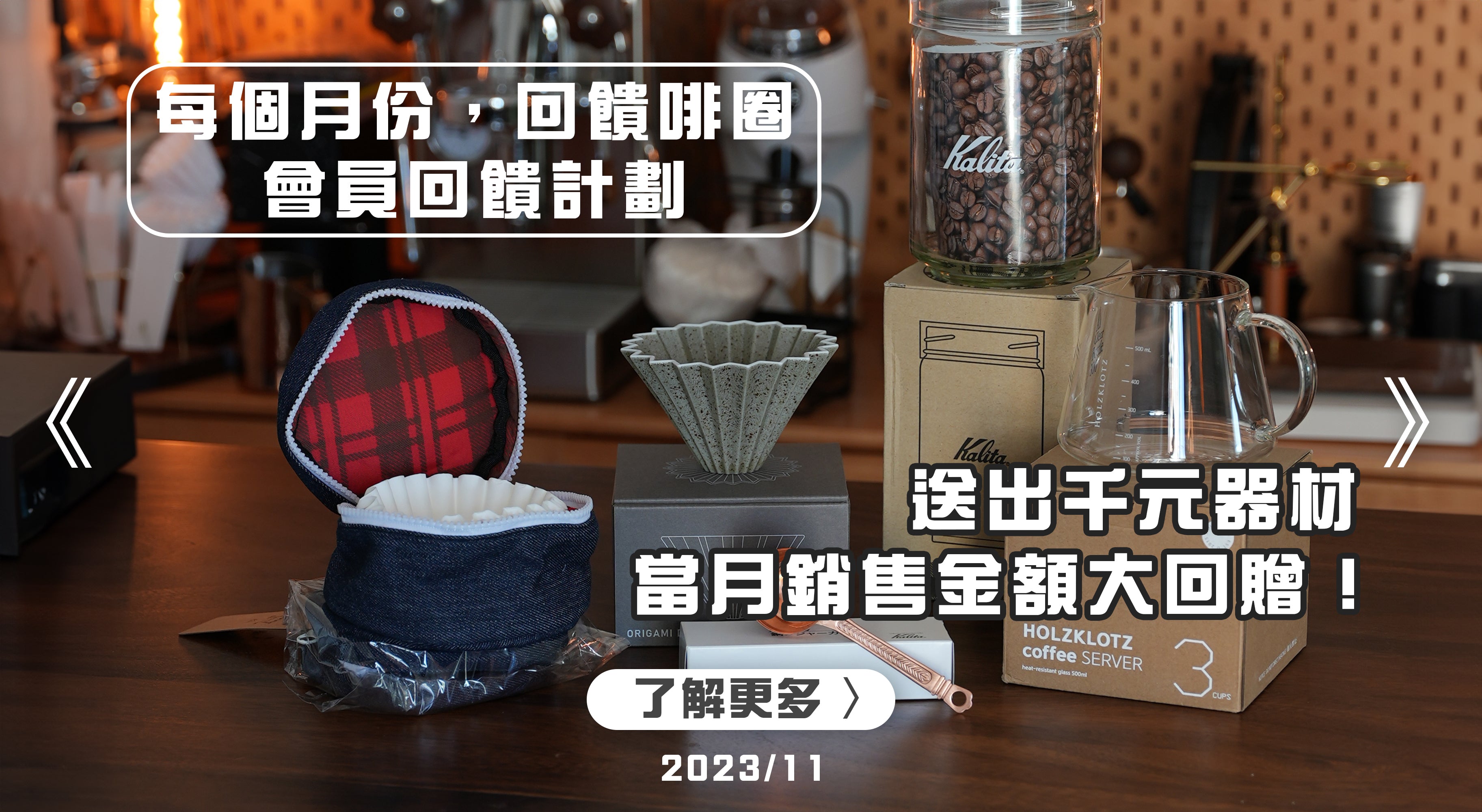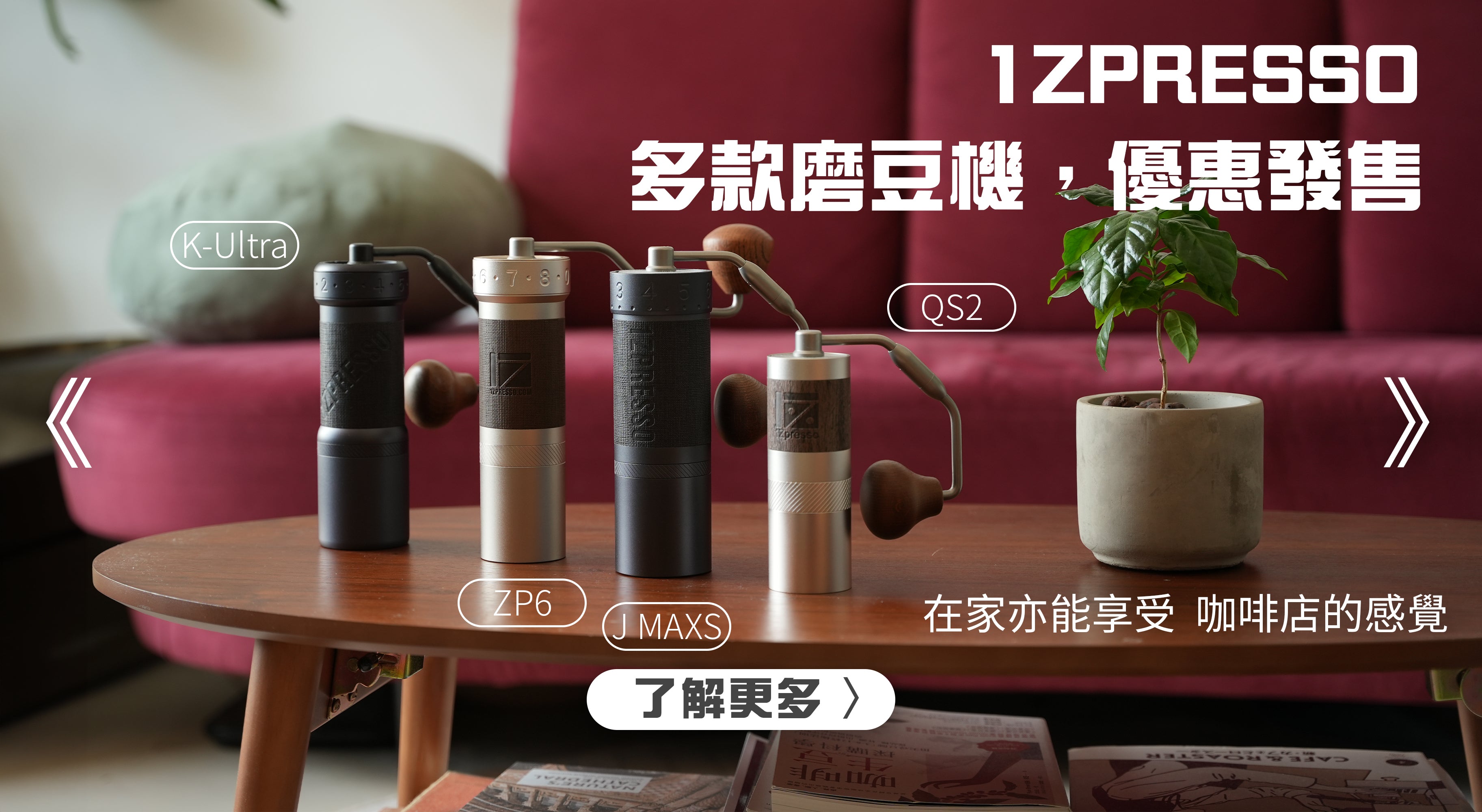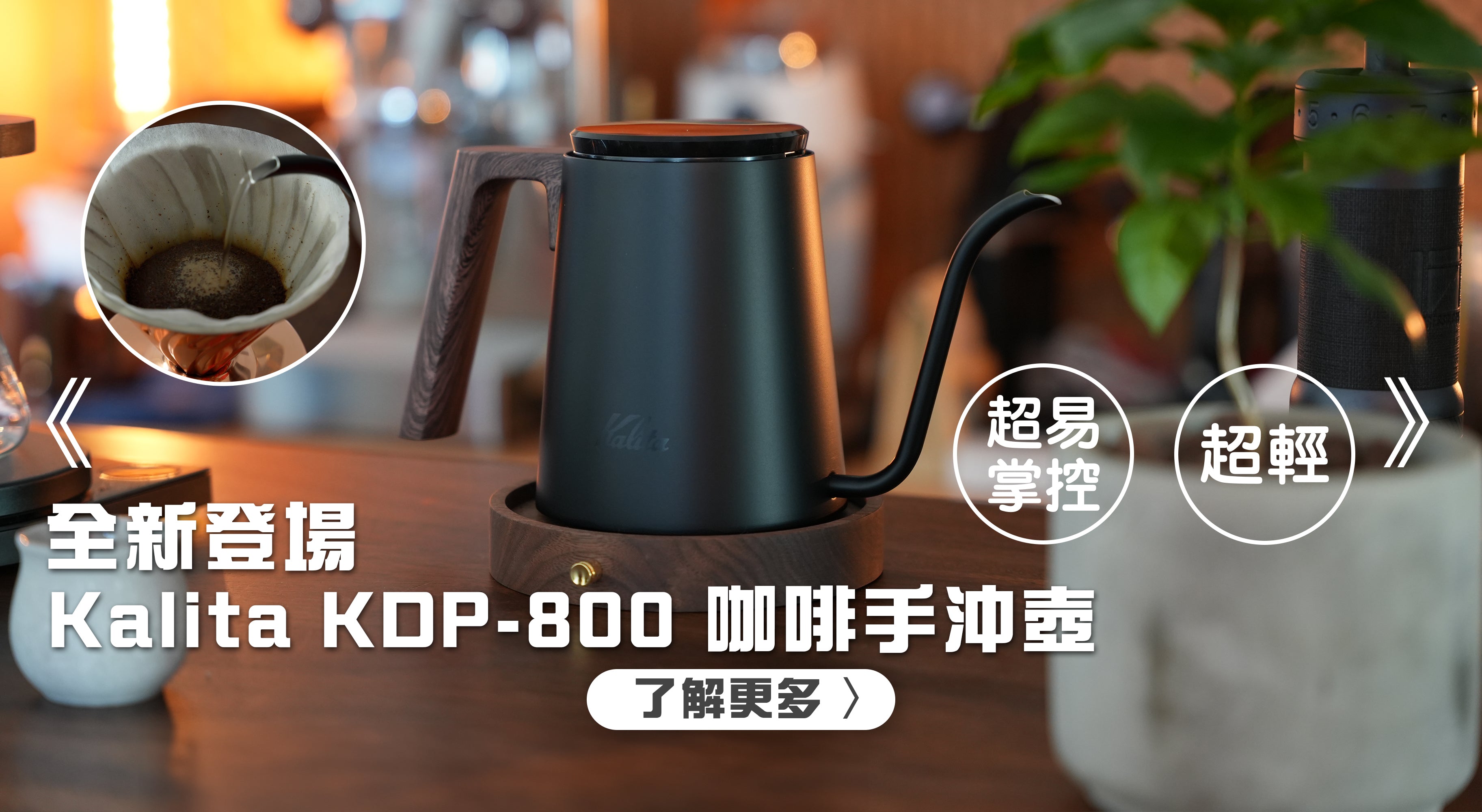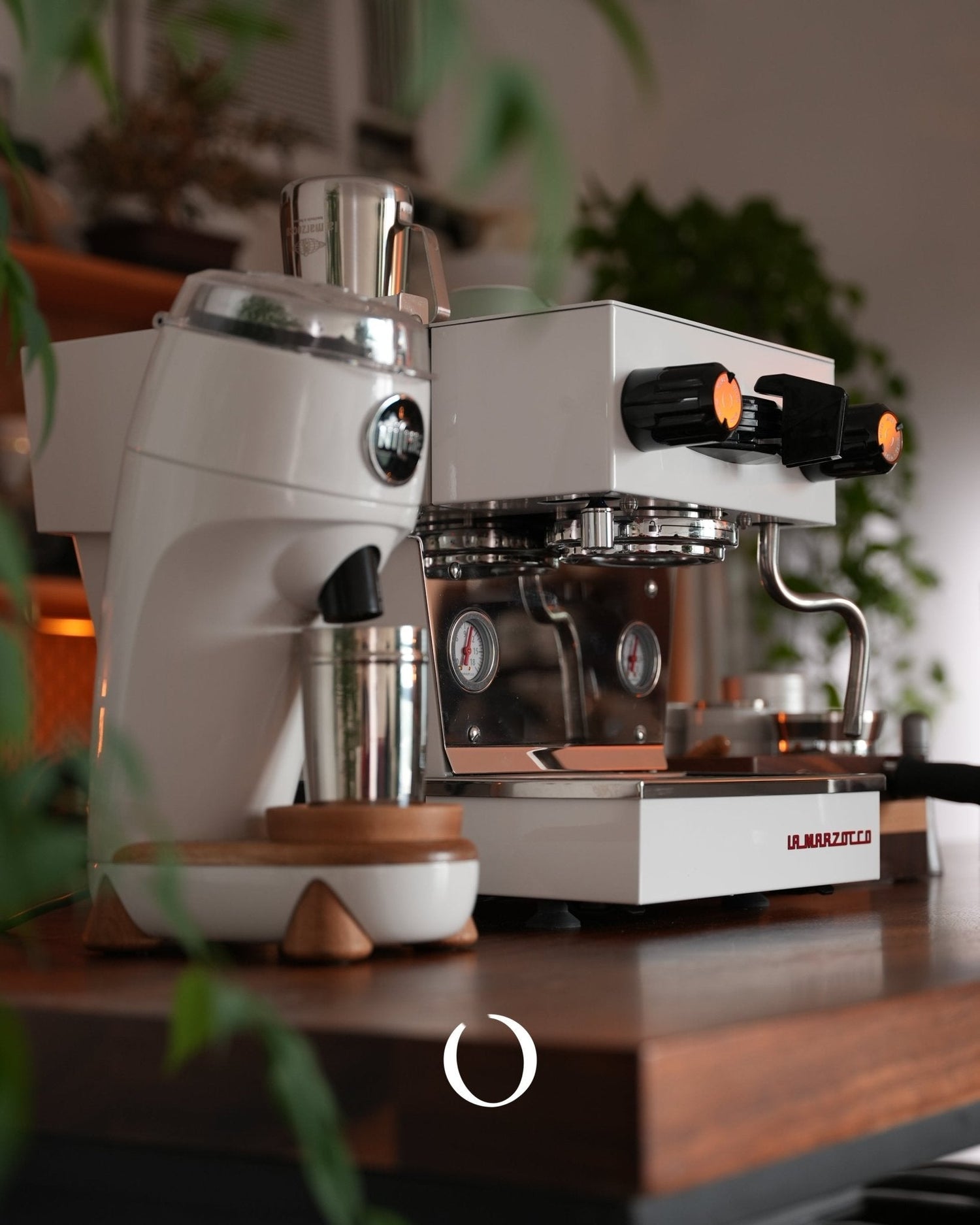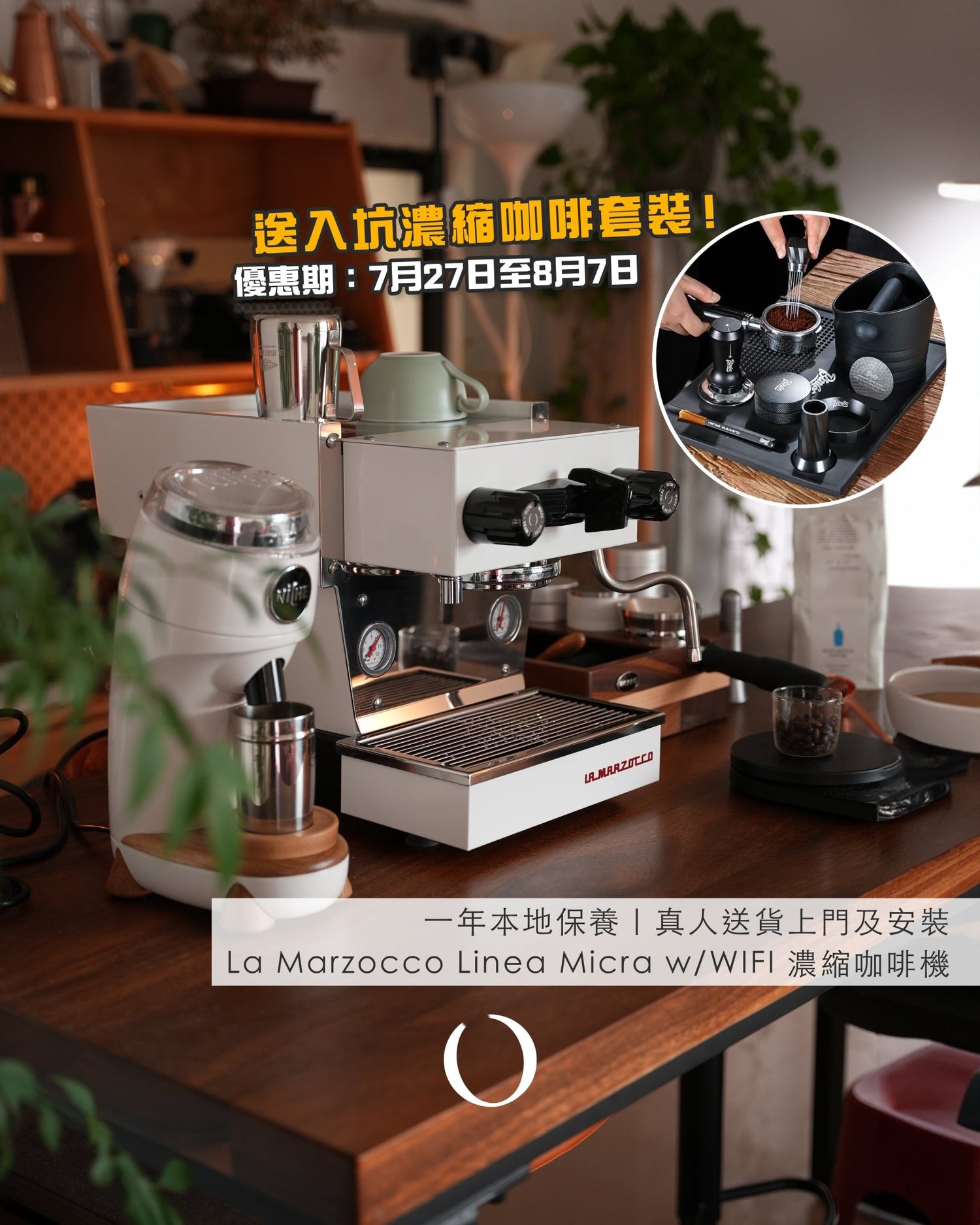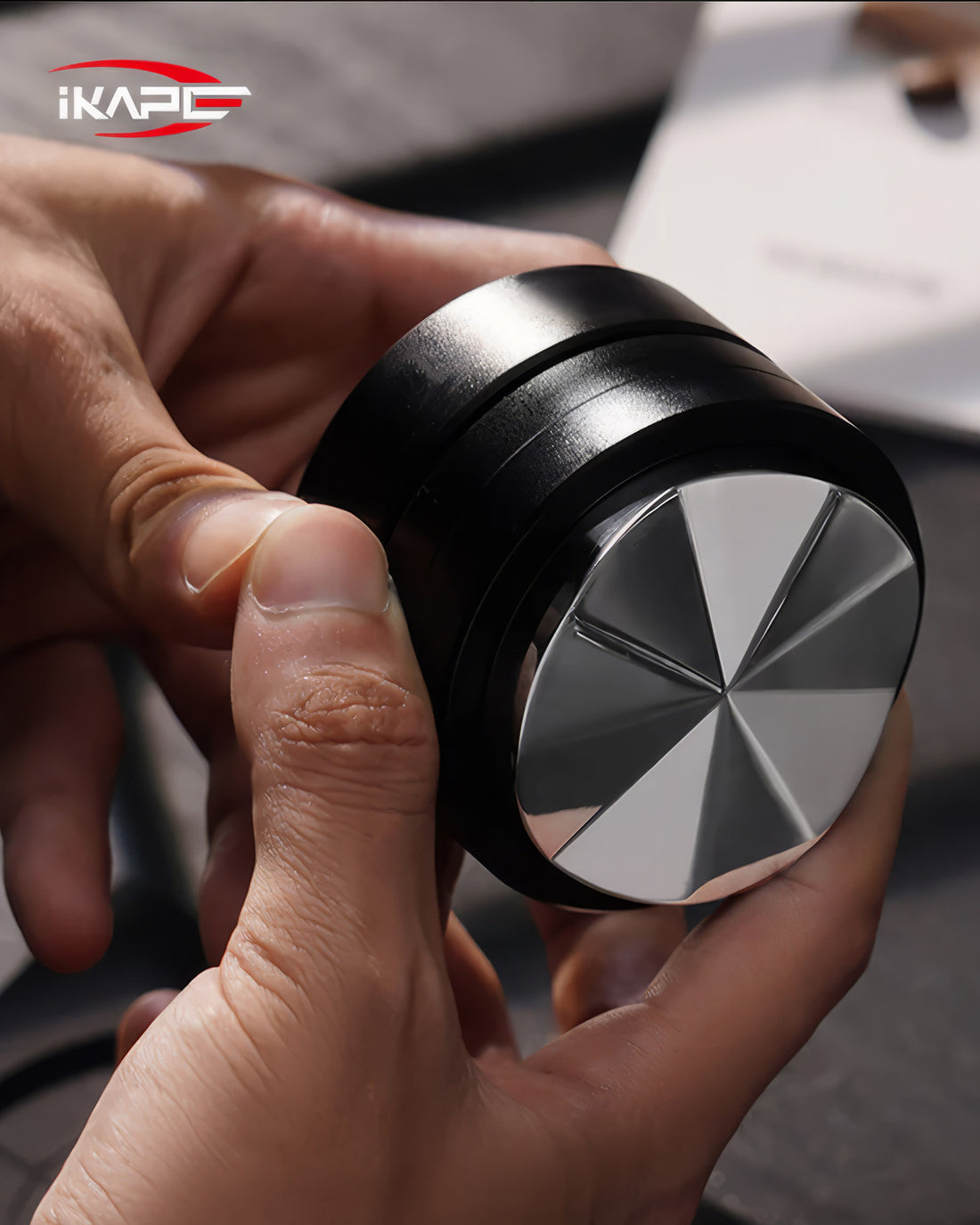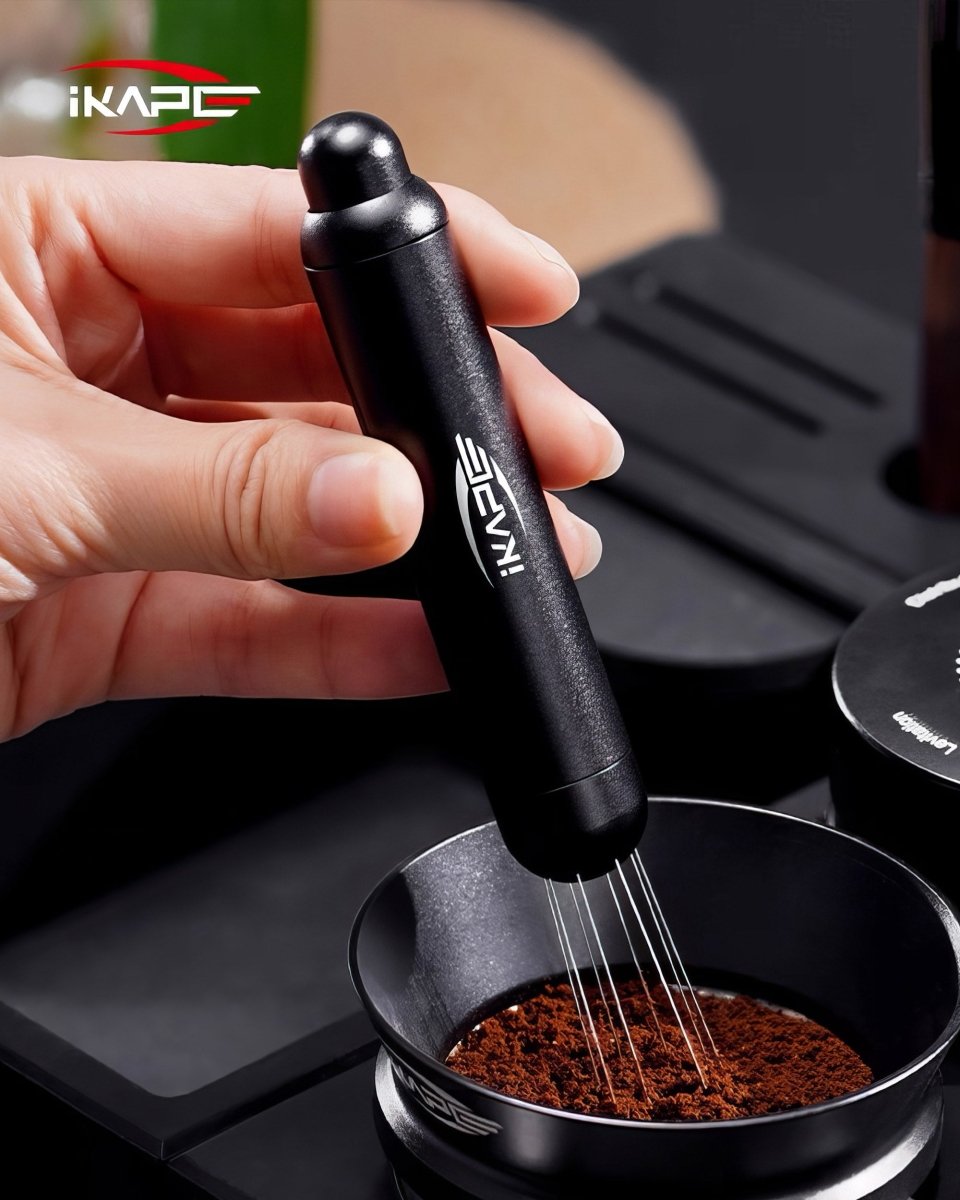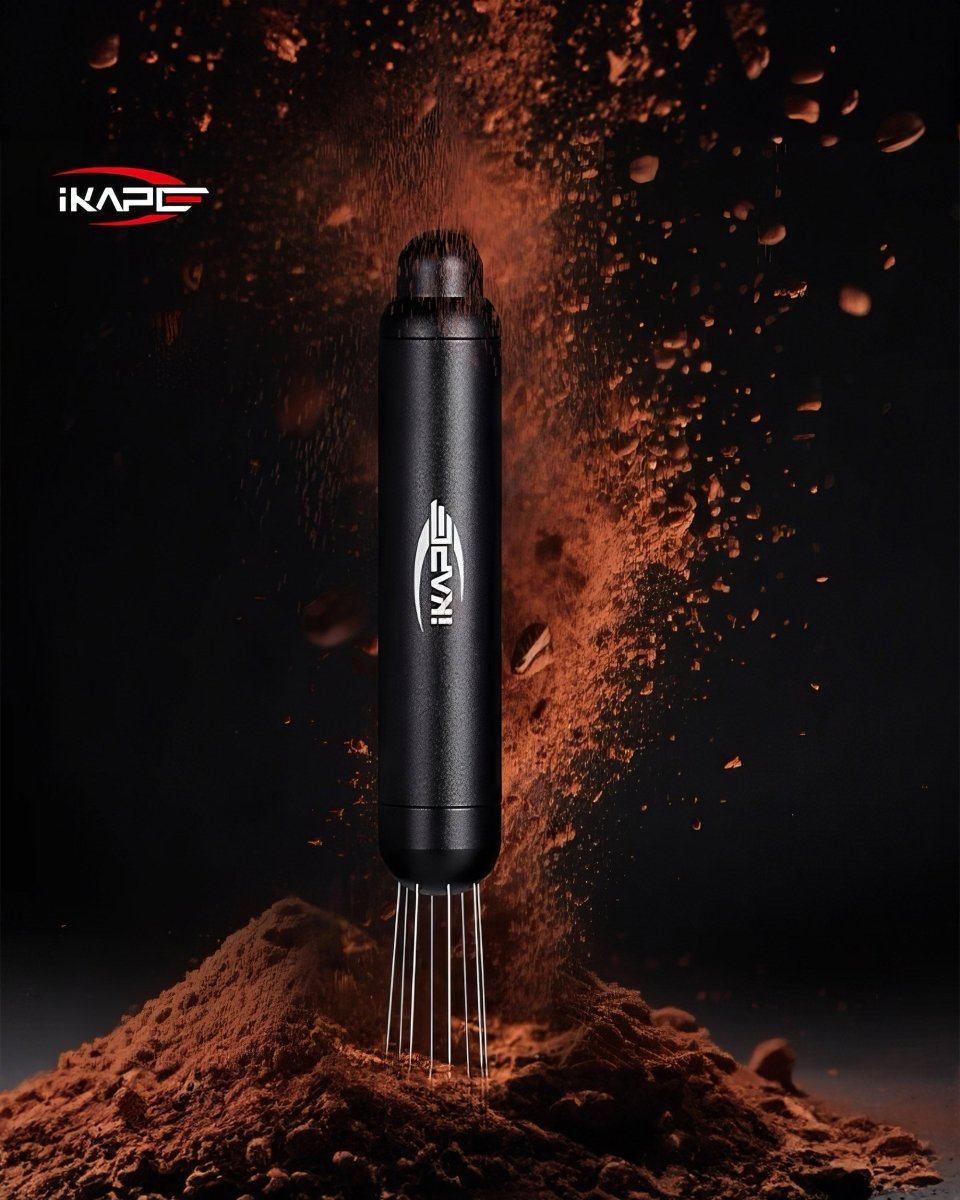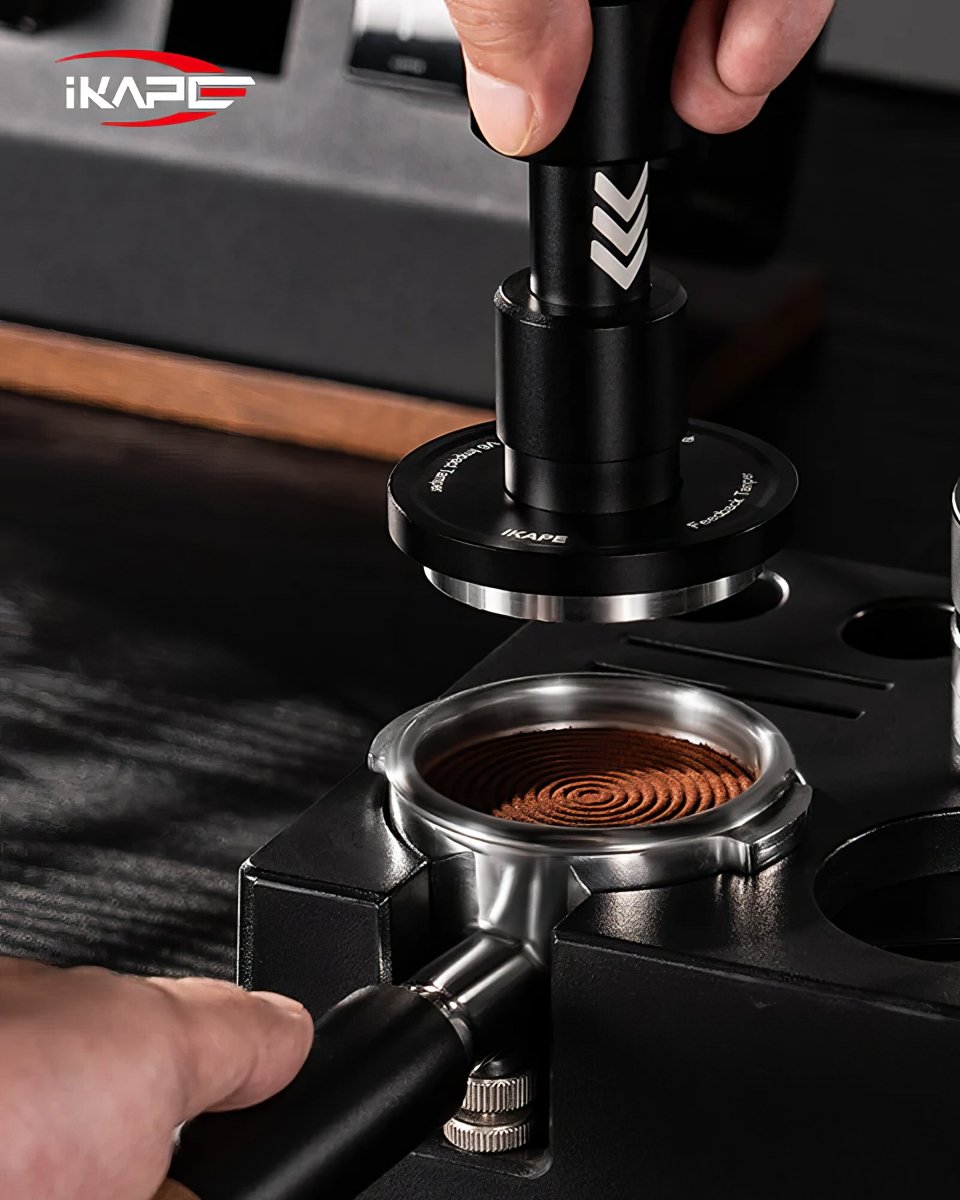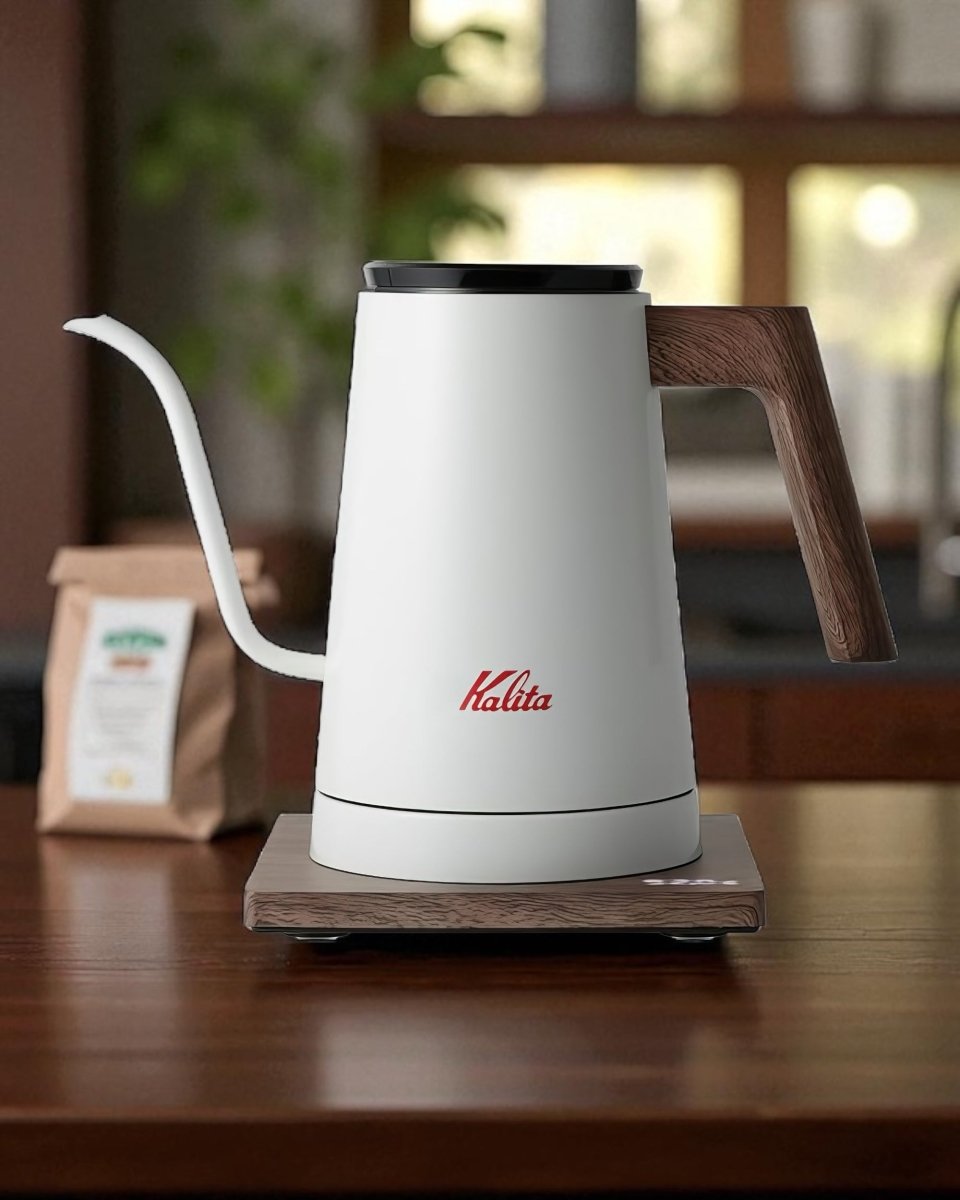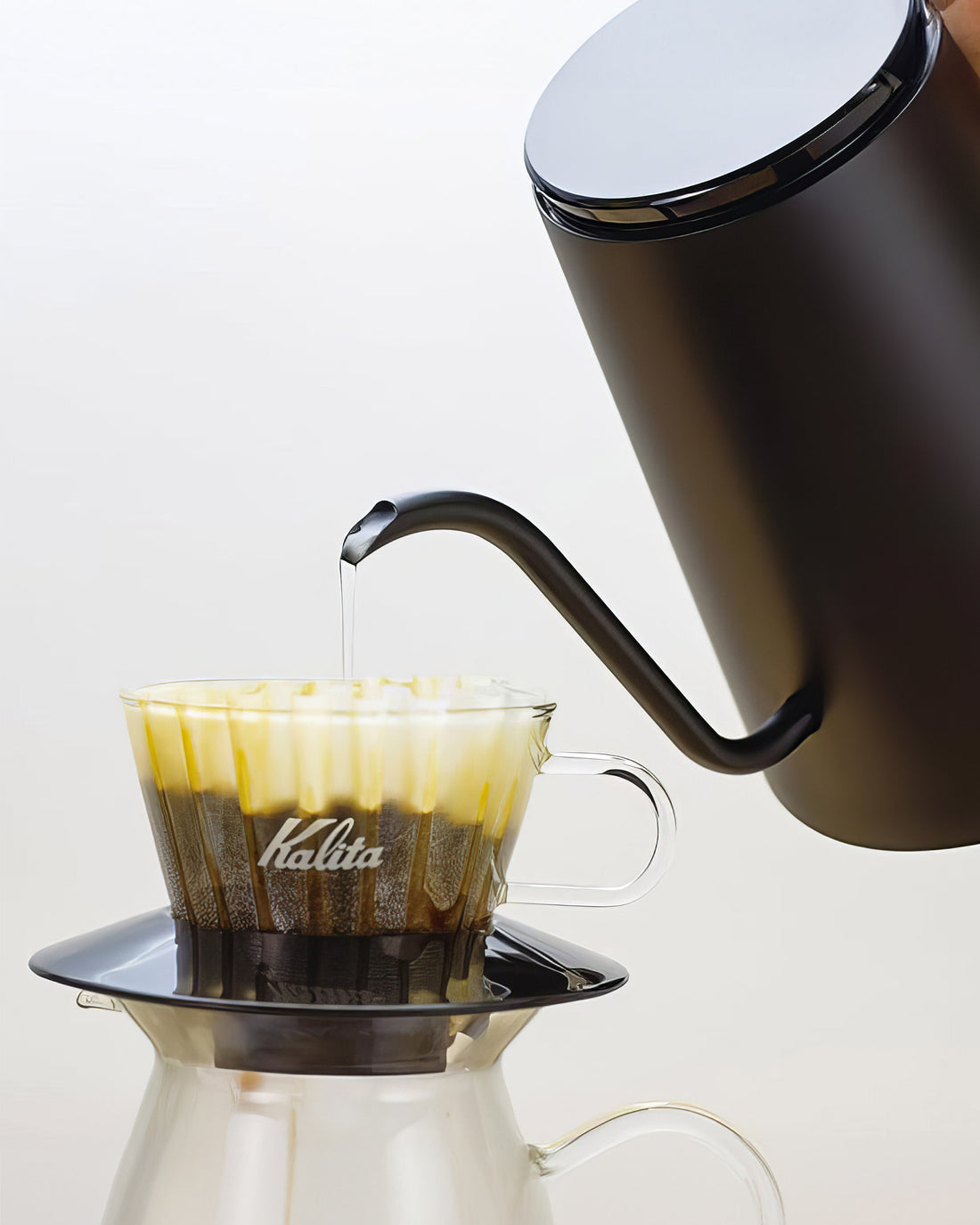The Importance of Grind Size in Coffee Grinders
Grind size is one of the key factors in hand-brewed coffee and espresso, and many people wonder: should we really adjust the grind size of coffee beans according to the official recommended grind ratio? Today, let's dive into whether the grind size of coffee grinders is really that important.
The Reference Nature of Grind Size
Many friends, after purchasing a coffee grinder, will operate based on the official recommended grind size, even referring to other online media recommendations. However, the results often differ from expectations. Even if using the same grinder and brewing method, the coffee flavor may vary, leading one to wonder if there's an issue with the grinder's zero setting or the grind size.

In fact, the official recommended grind size is just a reference value and not an unchanging standard. Coffee beans, like our daily food ingredients, change their moisture content and structure with different environments and roasting levels. Therefore, each brewing requires adjustments based on actual conditions rather than blindly following the recommended values.
How to Develop the Habit of Adjusting Grind Size
It is recommended that after grinding coffee beans, you observe the coarseness of the coffee grounds and pay attention to the steaming conditions, water flow stability, extraction speed, and carbon dioxide release during brewing. These are important visual data, and as you gradually accumulate experience, you will find the optimal brewing parameters for different coffee beans.

Coffee Beans Change Over Time
It is important to note that coffee beans will gradually oxidize over time after purchase, affecting their structure and flavor. Even using the same grind size, the coffee grounds may differ over time. Therefore, after brewing for a period, you can try readjusting the grind size to accommodate the effects of storage and changes in the coffee beans.

The Impact of Hand Pressure During Grinding
Many people habitually tilt the grinder when grinding coffee beans for easier operation, but this may affect the uniformity of the grind. It is recommended to try keeping the grinder level to improve the uniformity of the coffee grounds. Although this change may be very subtle, it is still worth trying for those pursuing ultimate flavor.
Conclusion
The official recommended grind size range is just a starting reference value, which is very useful for those unfamiliar with grinders. However, as you gradually become familiar with the grinder and accumulate brewing experience, you will find that those recommendations may not necessarily suit your current needs. A coffee grinder is a long-term investment, and through multiple brewing and observations, you will naturally find the most suitable grind size to achieve the ideal flavor for every cup of coffee.

Frequently Asked Questions
How should grind size be adjusted?
Adjust slightly based on the type of coffee beans and brewing method, and observe the extraction results. There is no fixed standard answer, only through repeated experiments to find the most suitable settings.
How much does grind size affect coffee flavor?
Grind size directly affects the extraction time and flavor of coffee. Different coarseness levels will produce different coffee textures and layers, making it very important.
What are the effects of grind size being too coarse or too fine?
If the grind size is too coarse, the coffee may be under-extracted, resulting in a weak and flat taste; if too fine, it may lead to over-extraction, making the coffee bitter and unpleasant.
How to determine if the grind size is appropriate?
Observe the water flow speed and extraction time during brewing. If the water flows too fast and the coffee tastes weak, you may need to grind finer; if the water flows too slow and the coffee is too strong or bitter, you may need to grind coarser.

Why do different coffee beans require different grind sizes?
Different coffee beans have different roasting levels and flavor characteristics, so adjusting the grind size is necessary to best present the flavor of each type of bean. Lighter roasted beans usually require a finer grind, while darker roasted beans may need a coarser grind.
How to store coffee beans to minimize the impact of grind size changes?
Store coffee beans in a sealed container in a cool, dry place to avoid moisture and oxidation, which can prolong the freshness of the beans and reduce the impact of grind size changes on flavor.
Coffee Equipment Online Store - Coffee Stage
About Pour Over Coffee Grinders::https://mycoffeestage.com/collections/pour-over-grinder-buying-guide
About Espresso Grinders::https://mycoffeestage.com/collections/espresso-grinders
YouTube Channel : https://www.youtube.com/@CoffeeStage



